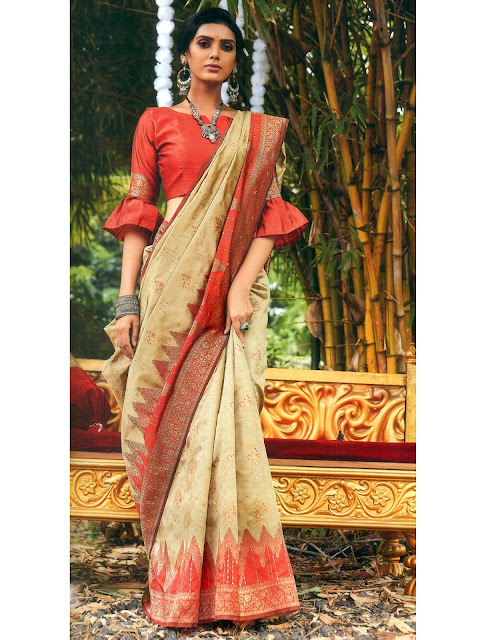Significance of Dupattas: Exploring the Cultural in South Asian Fashion
Dupatta is an essential part of South Asian fashion, especially for women. This versatile garment is a long scarf that can be worn over the head, shoulders and body in a variety of ways. The cultural significance of the dupatta is deeply rooted in the history and traditions of South Asia and continues to be an important part of fashion today. In this blog post, we explore the many facets of the dupatta, from its history to its modern use.
History of Dupattas
The history of dupattas can be traced back to ancient India where women wore it as a symbol of modesty and purity. Over time, the dupatta became an important part of women's clothing in various regions of South Asia such as India, Pakistan, Bangladesh and Sri Lanka. Depending on the region, the dupatta is known by different names such as chunni, odhni or chador.
Cultural Significance
The dupatta has significant cultural and religious significance in South Asian societies. It is often used as a symbol of respect, especially in religious places or during important ceremonies. In many cultures, the dupatta is also considered a symbol of marital status and is worn by brides as part of their wedding attire. Upholstery styles and fabric options:
One of the most attractive aspects of the dupatta is its versatility. There are countless draping styles for the dupatta, each characteristic of a particular region or occasion. For example, a Punjabi-style dupatta is over the head and shoulders, while a Gujarati-style dupatta is around the waist. Similarly, the fabric options for dupattas are endless, with materials varying from light cotton to heavy silk. The embroidery techniques used to decorate dupattas also vary from region to region, with gold or silver thread often used for intricate designs.
Modern uses
In contemporary South Asian fashion, the dupatta has taken on new meanings and uses. It is often used as an accessory that can elevate an outfit from ordinary to extraordinary. Many fashion designers are adding dupattas to their collections by combining traditional techniques with modern designs. Some women also use dupattas for self-expression, choosing colors and styles that reflect their personal taste and identity.
Conclusion:
A dupatta is much more than just a piece of cloth. It is a cultural symbol that has been passed down through generations of South Asian women. Whether worn for religious, ceremonial or fashion purposes, the dupatta continues to be an integral part of South Asian fashion. With its timeless elegance and versatility, it's no wonder that the dupatta continues to be a favorite garment for women around the world.
References:
http://en.wikipedia.org/wiki/dupatta
https://www.exoticindiaart.com/textiles/stolesandshawls/dupattas/

Comments
Post a Comment